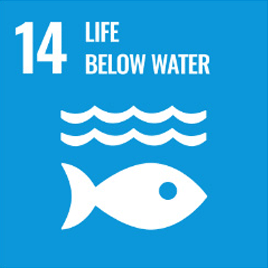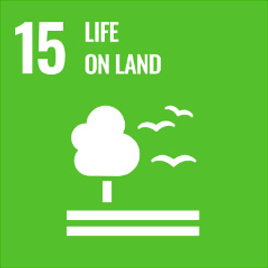Founded on the guiding principles of the Sustainable Development Goals 3, 14 & 15
Both locally and globally, nature and biodiversity are in decline. In the most comprehensive index to date, tracking the health of nature over 50 years, the World Wildlife Fund (WWF) and the ZSL (Zoological Society of London) Institute of Zoology, found an average 69% decline in wildlife populations around the world between 1970 and 2018. Land-use change is still the biggest current threat to nature, destroying or fragmenting the natural habitats of many plant and animal species on land, in freshwater and in the sea. However, if we are unable to limit warming to 1.5°C, climate change is likely to become the dominant cause of biodiversity loss in the coming decades.
In 2021, Ireland’s Environmental Protection Agency (EPA) released its 7th “State of Ireland’s Environment” report. This report found that 85% of EU protected habitats, and 30% of EU protected species have an inadequate or a bad status in Ireland. Almost 20% of Ireland’s breeding bird species are in long-term decline. The Irish Butterfly Monitoring Scheme also shows a long-term trend of decline. The overall assessment for Ireland’s nature and biodiversity was ‘very poor’. Clearly there is much work to do.
The most important legislation underpinning biodiversity and nature conservation in Ireland is the: Wildlife Acts 1976 to 2022 and European Communities (Birds and Natural Habitats) Regulations 2011-2021

According to the legislation, there are specific activities that will require consent if undertaken on or near a Special Area of Conservation (SAC) or Special Protection Area (SPA). SACs and SPAs are collectively termed ‘European sites’ or ‘Natura 2000 sites’. You can find a list and a map of these sites at the National Parks and Wildlife Service (NPWS) website.
The Cultural and Creative Industries offer a unique platform to engage with audiences and stakeholders on nature and biodiversity. Since the COVID19 public health crisis and associated lockdowns, Irish people have started to reconnect with nature and the outdoors. Awareness and appetite is growing for the protection of nature and biodiversity, as is a recognition of the public health benefits of a healthy environment. This means that there are opportunities for integrating nature and environmental themes into programming and messaging, and exploring the ecology of your local area as part of your sustainability journey. From an organisational perspective, creative productions are often created by groups of hardworking, passionate people with a collective vision, so embedding nature and biodiversity initiatives into team-building sessions is a great first step.
The below graphic illustrates the current state of play for habitats and species in Ireland. Unfortunately we’re looking at 85% of our habitats being in an inadequate or bad state, and either holding stable at this state, or declining for the most part. Our monitored individual species look slightly better, however only half of these are in a favourable and stable state. Clearly we have much work to do.






